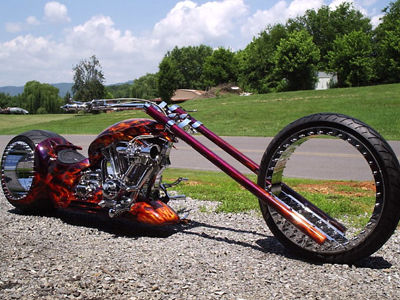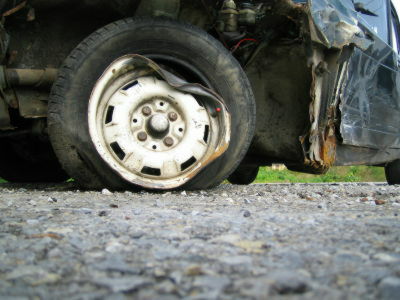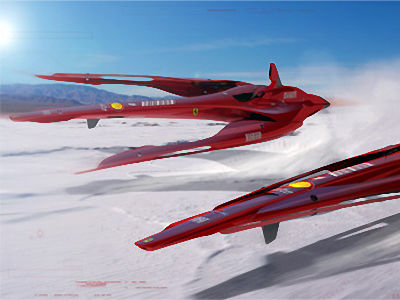What is the reason why ``flat wheels'' have been adopted for automobiles?

The wheels of the tires that are standard on cars that have appeared in recent years have increased in depth compared to the wheels that were common several decades ago. Hubert Mies, who has experience in car design at Ford and Tesla, explains why the mainstream of wheels has changed from a ``dish wheel'' with a deep dent to a ``flat wheel'' with a shallow dent and a flat surface. .
Here's Why Car Wheels Are So Flat These Days (And No, It's Not Just Aerodynamics And Styling) - The Autopian
An example of the shape change of the wheel is like this. A dish wheel with a deep dent on the left side was often used in cars released decades ago, but many of the cars that have appeared in recent years have adopted a flat wheel like the one on the right side. Changes in the shape of the wheel are also greatly affected by changes in design trends, but Mr. Mies points out that 'structural changes in the steering' also affect the shape of the wheel.

When turning the car by operating the steering wheel, the tire does not rotate around the center of the ground surface, but rotates around the part slightly deviated from the center of the ground surface. If you can not imagine the situation that 'the tire is rotating around the part that is shifted from the center of the ground surface', you can understand it clearly by playing the following movie.
Steering Wheel-Axis Inclination-Scrub Radius Animation-YouTube
This 'distance from the center of the ground plane to the center of rotation' is called the 'scrub radius'. According to Mr. Mies, the larger the scrub radius, the greater the force that repels steering wheel operation (the force that tries to return straight), so it is better to make the scrub radius as small as possible. If you try to reduce the scrub radius, you need to move parts such as the brakes of the car to the outside of the tire, leaving no space for the wheel to be dented. This is why modern cars have flat wheels.

As mentioned above, reducing the scrub radius reduces the 'straight return force'. However, the 'ball nut type steering' that was the mainstream in commercial vehicles several decades ago has less 'force to return straight' than the 'rack and pinion type steering' that has become mainstream in recent years, and the driver can turn. There was a problem that it was difficult to grasp the feeling of For this reason, it was not required to reduce the scrub radius in cars that adopted 'ball nut type steering', and there was a space inside the tire just enough to recess the wheel.
An example showing the change in wheel shape when changing from 'ball nut type steering' to 'rack and pinion type steering' is like this. First, a photo of a 2000 Ford Expedition with 'ball-nut steering' shows a deep dent in the wheel.

However, the 2004 Ford Expedition with 'rack and pinion steering' had flat wheels.

According to Mr. Mies, the change in the shape of the wheel is also influenced by the need to optimize aerodynamic characteristics. At the end of the commentary, Mr. Mies revealed that he likes the look of dish wheels with deep dents, saying, ``I hope that dish wheels will continue to be used in automobiles. It may be possible to realize the compatibility of
Related Posts:
in Vehicle, Posted by log1o_hf







